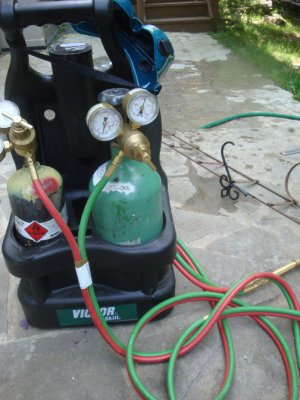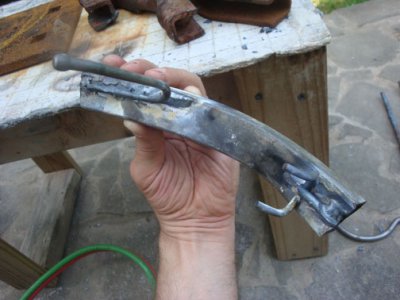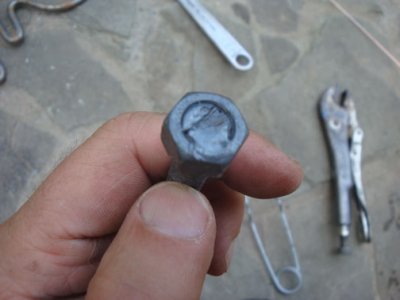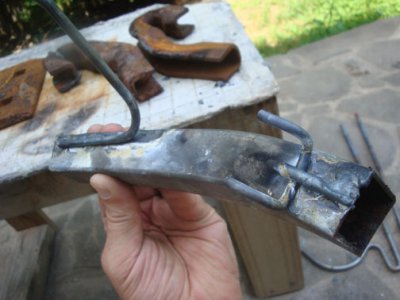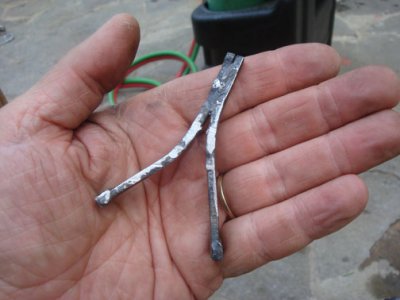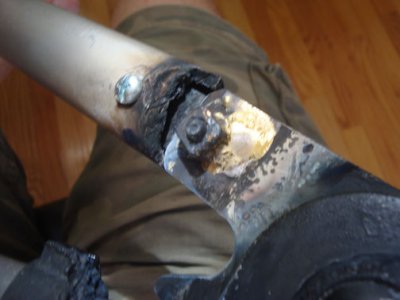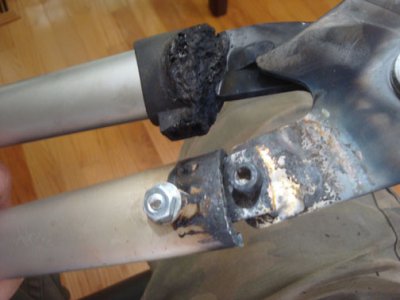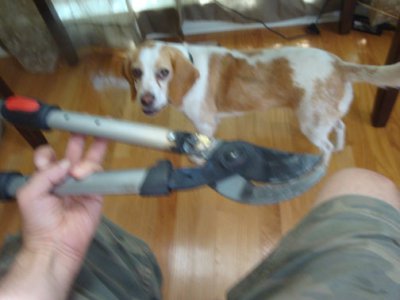Thanks, that's exactly what happened yesterday! They wanted to sell me a B tank AND a new regulator
They also told me I couldn't use a rosebud with my small setup. They said I need a new regulator and some kind of turbo torch that lets air in thru holes. That alone (no tank or anything) was nearly $400!
xxxxxxxxxxxxx
On a different topic, it cost around $60 to exchange the tanks. If I'm doing 30 minutes of cutting and use up the fuel that comes out to $120 per hour to use the oxyacy gas. I'm thinking I need to cut my practice time down and get good really fast or spend a lot of money.
The reason it costs more (proportionately) to fill small tanks is b/c there's a handling fee involved on top of the gas/oxy fee.
I'm inclined to hang onto the small tanks even if someday I get large ones b/c if I find a nice piece of scrap (like an old Sherman tank) lying out in some field that I want to cut up for steel, the transportability factor will be there.
Thanks again for your suggestions.
They also told me I couldn't use a rosebud with my small setup. They said I need a new regulator and some kind of turbo torch that lets air in thru holes. That alone (no tank or anything) was nearly $400!
xxxxxxxxxxxxx
On a different topic, it cost around $60 to exchange the tanks. If I'm doing 30 minutes of cutting and use up the fuel that comes out to $120 per hour to use the oxyacy gas. I'm thinking I need to cut my practice time down and get good really fast or spend a lot of money.
The reason it costs more (proportionately) to fill small tanks is b/c there's a handling fee involved on top of the gas/oxy fee.
I'm inclined to hang onto the small tanks even if someday I get large ones b/c if I find a nice piece of scrap (like an old Sherman tank) lying out in some field that I want to cut up for steel, the transportability factor will be there.
Thanks again for your suggestions.


